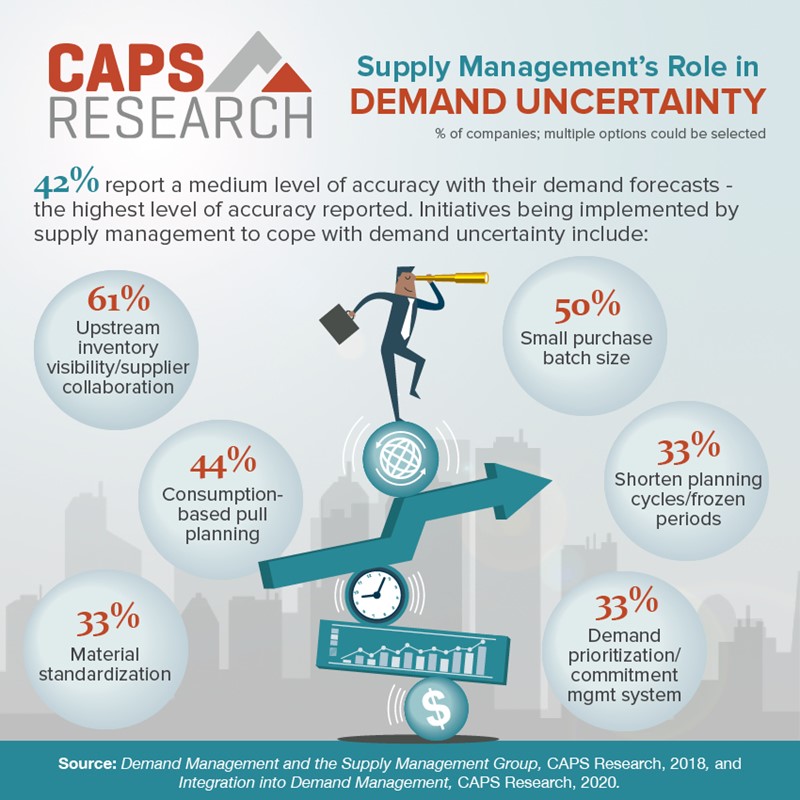As a business matures, a more structured approach to the purchase process is required. While the day-to-day havoc of running a small business can feel like frantically treading water, the informal procedures cannot continue forever. It’s one thing to ponder how to start an online business and another thing entirely to keep it going strong.
When it comes to making necessary purchases for your business, there are some best practices to be aware of. As a company continues hiring new staff and accepting more orders, automation technology will inevitably save time and reduce the risk of expensive errors. Software can automate task systems and lighten the load of complex purchase order processes.
But let’s get back to basics.
What is a purchase order?
A purchase order (PO) is a document requesting goods or materials for purchase from a particular supplier. Learning to create and manage purchase orders is a fundamental cornerstone of enterprise resource planning (ERP) because it clarifies the quantity and type of items your business buys.
While a purchase order isn’t technically a legal document, its acceptance by the seller forms a legally binding contract. At the point of order fulfillment, the seller is protected from non-payment by the buyer because of the official nature of the PO agreement.
The contractual nature of the purchase agreement protects both sides from losing out owing to confusion or ambiguity. Agreeing to a fixed price for a given quantity of goods is particularly beneficial to the buyer if prices rise in the future.
For larger companies, a purchase order can be used to secure trade finance facilities from lenders.
Beginning your purchase order process
Buying in goods for your business falls to procurement, and fine-tuning the purchase order process within your resourcing division is an essential part of requisition. While it can be tempting to get hung up on process vs procedure, there’s more than one way to skin a cat.
However, the following blueprint is a good start.
- Record the name of every item to be purchased.
- Write the quantity of each item needed.
- Locate a supplier (through recommendation, existing relationship, or directory search).
- Add the full address of the vendor plus a named addressee.
- Include the full name and contact details of the named buyer in your company.
- Set out the delivery address.
- Add the date or rough time frame desired for delivery.
- Create a purchase order number, and put this on the document.
- Include the date of the PO creation.
- Specify your payment terms – for instance, will you pay upon receipt of goods and by cheque or bank transfer? Some prior negotiation with the vendor via phone or email may stand you in good stead here.
Quick tip: be sure to gauge product demand from customers before making a purchase order. Research from Gartner (2021) found just one in five retail businesses have a good enough picture of what their customers are actually prepared to buy.

Best practice dictates to include a breakdown of costs on the purchase order, as follows:
- Cost per item
- Subtotal per item (multiply the item cost by the quantity needed)
- Taxes: sales tax and import duties (if the purchase is made overseas)
- Delivery charges
Many templates are free to download for purchase orders, or specialized purchase order tools come with fully editable forms built-in.
Types of purchase orders
To choose the best PO, consider how large the order is and how frequently you’ll need to make repeat orders. This will be based on how much you trust the vendor to deliver quality goods.
It’s also worth bearing in mind the need to adapt to digital B2B buying. Therefore, creating the purchase order is best done digitally rather than manually. Advantages of digital purchase order creation include the ability to create backup copies and integrate them with accounting software. It’s easy to share among relevant requisition team members and, therefore, essential to driving continuous improvement in collaborative workflow processes.
Let’s consider the main types of purchase orders.
Standard purchase orders (PO)
There’s the basic purchase order, which is described above. This is used when the buyer can give concrete details of exact items, quantities, and the delivery schedule.
Blanket purchase order (BPO)
Best suited to bulk orders made multiple times from the same company – alternatively named “standing order.” The quantity of goods is uncertain. However, the type of items needed and the delivery period are clearly defined.
Planned purchase order (PPO)
This is for businesses that know the type, quantity, and price of items required, but the delivery date is uncertain. After accepting the PPO, the supplier updates the purchaser of a delivery schedule as time progresses.
Contract purchase order (CPO)
This PO type contains the least specifics of all the above, containing only payment terms. Usually, it’s replaced by a standard PO when customer demand indicates item type, quantity,
and price. This has become more common to meet the demand for personalized ecommerce experiences.

Approval of the purchase order
It may be beneficial to authorize more than one staff person to approve purchase orders. Depending on the size and frequency of purchase orders, it may be appropriate for lower-level spend managers to approve POs. Typically, a PO over the value of $10,000 is assigned to a higher-ranking budget manager for approval. It’s worth knowing that fewer staff members required for approval of a PO means less cost to the business per PO.
Approved POs are sent to the vendor, who may come back with adjustments before accepting or rejecting them.
Refining the purchase order process
Digitization of the procurement process provides greater visibility into ROI and performance. With more organized purchasing, patterns will emerge, and it will be easier to spot wasted spend. Budget managers shouldn’t be ashamed to suggest new strategies in response to market changes. For instance, half of supply management leaders report small purchase batch sizes in response to demand uncertainty (research from CAPS).

Take confidence in your purchase order process
Now, you have a thorough overview of the hows and whys of the purchase order. Why not bookmark this guide as you begin to develop your PO strategy?
A structured approach to requisition isn’t only beneficial to your internal teams – reducing stress among your workforce – but it also lets you build trust with your vendor and project a professional demeanor. Therefore, using automation software from the start makes sense because, as your business grows, it’s harder to adapt company culture and transition away from legacy software to new processes.



